Master Rust Repair: Winter Damage Solutions & Prevention
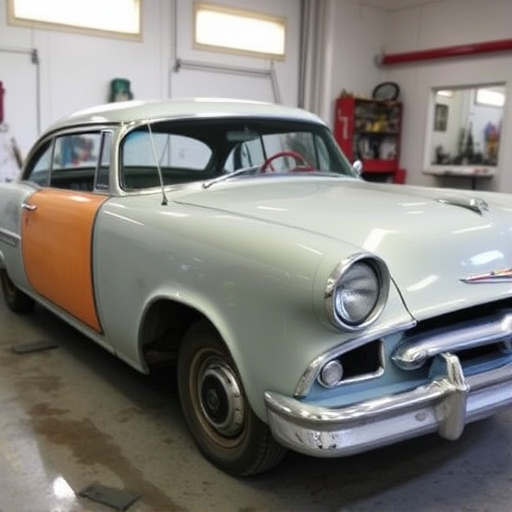
After winter, inspect vehicles for rust on body panels, door jams, and underbody. Remove corroded la…….
Winter, with its cold temperatures and moisture-laden air, can be harsh on metal structures, leading to a widespread issue known as rust. As the warmer seasons arrive, many homeowners, businesses, and maintenance teams are faced with the challenge of repairing winter-damaged metal, especially after prolonged exposure to the elements. This article delves into the intricate world of rust repair, offering a comprehensive guide to understanding, addressing, and preventing this common yet detrimental problem. By exploring various aspects, from historical perspectives to modern technologies, we aim to equip readers with the knowledge needed to tackle rust effectively and efficiently.
Definition: Rust repair after winter damage refers to the process of restoring metal surfaces that have been affected by corrosion (or rust) due to exposure to snow, ice, salt, and other environmental factors during the winter months. This includes various techniques and strategies employed to remove corrosion, prepare the surface, and apply protective coatings to prevent future deterioration.
Core Components:
Inspection: The first step involves a thorough inspection of the damaged metal surfaces. This includes identifying the extent of rust formation, pitting, or structural weakness caused by winter conditions.
Rust Removal: There are several methods to remove rust, including chemical solutions (like rust converters and acid-based cleaners), mechanical techniques (such as sanding, scraping, or using wire brushes), or a combination of both. The chosen method depends on the severity of corrosion.
Surface Preparation: After rust removal, the metal surface must be properly prepared to ensure adhesion of any new coatings. This includes cleaning, degreasing, and applying primer if necessary.
Coating Application: Protecting the metal from future corrosion is crucial. Various coatings, such as paint, epoxy, or zinc-rich primers, are used for this purpose. The choice of coating depends on the specific application and environmental conditions.
Historical Context: Rust repair has been a concern since ancient times when iron and steel structures first became prevalent. In the 19th century, with the rise of industrialization, the need for effective rust prevention and repair methods grew significantly. Over time, various techniques emerged, from simple sandblasting and repainting to more sophisticated chemical treatments and galvanization. Today, as metal plays a critical role in architecture, automotive, and infrastructure sectors, understanding and addressing winter damage has become essential for durability and longevity.
Rust repair after winter damage is not limited to specific regions; it is a global concern, particularly in areas with cold winters and harsh climates. However, certain factors contribute to its variability across different parts of the world:
Geographic Location: Regions with frequent snow and ice accumulation, such as Northern Europe, North America, and parts of Asia, experience higher rates of winter damage. These areas demand robust solutions for rust prevention and repair.
Building Codes and Regulations: Different countries have varying building codes and standards that dictate the use of specific materials and construction practices. Some regions have stricter guidelines for corrosion protection, which can influence the adoption of advanced rust repair techniques.
Economic Factors: The cost of materials, labor, and specialized equipment varies globally, impacting the accessibility and affordability of rust repair services. Developed countries often have better infrastructure and resources for addressing this issue.
Trends Shaping the Industry:
Sustainability Focus: There is a growing trend towards eco-friendly and sustainable rust repair solutions. Water-based coatings, for example, are gaining popularity due to their lower environmental impact compared to solvent-based paints.
Advanced Coatings Technology: Researchers are developing innovative protective coatings with enhanced corrosion resistance. Nanotechnology, for instance, has led to the creation of coatings that can self-heal minor cracks and maintain their effectiveness over extended periods.
Digitalization and Remote Monitoring: The integration of digital technologies allows for remote monitoring of metal structures, providing early warnings about potential rust issues. This data-driven approach optimizes maintenance schedules and reduces downtime.
The economic implications of rust repair after winter damage are multifaceted:
| Aspect | Description |
|---|---|
| Market Dynamics | The demand for rust repair services varies seasonally, with peak periods during spring and early summer when warmer weather prompts outdoor inspections and repairs. This seasonal nature affects pricing and labor availability. |
| Investment Patterns | Investments in rust prevention methods, such as galvanization or the use of corrosion-resistant alloys, can significantly reduce long-term maintenance costs. Governments and private entities often allocate funds for infrastructure maintenance, including rust repair. |
| Impact on Economic Systems | In regions heavily reliant on outdoor structures (e.g., construction, transportation), rust damage can disrupt operations and increase maintenance expenses. Effective rust repair practices contribute to operational efficiency and cost savings. |
Technological innovations have played a pivotal role in enhancing rust repair processes:
Rust Converters: These chemical solutions are designed to convert existing rust into a protective, stable coating. They offer an environmentally friendly alternative to traditional sandblasting and painting methods.
Automated Surface Treatment (AST): AST involves automated machines that clean, prime, and coat metal surfaces efficiently. This technology improves productivity, reduces labor costs, and ensures consistent quality.
Laser Technology: Laser surface treatment is used for precise rust removal and surface conditioning. It offers superior accuracy, minimizing damage to the underlying metal and enabling the application of fine finishes.
Remote Monitoring Systems: As mentioned earlier, digital technologies enable remote monitoring of metal structures. Sensors can detect changes in environmental conditions, such as increased humidity or temperature swings, which are indicators of potential rust formation.
Governments worldwide have implemented policies and regulations to ensure the safe and durable use of metal structures:
Building Codes: Many countries have specific provisions in their building codes regarding corrosion protection for metal components in bridges, buildings, and outdoor structures. These codes dictate the minimum standards for materials, design, and maintenance practices.
Environmental Regulations: To mitigate environmental impact, some regions have regulations controlling the use of certain chemicals used in rust repair or preventing discharge of waste into water bodies during cleaning processes.
Safety Standards: Occupational Safety and Health Administration (OSHA) guidelines, for instance, provide safety standards for workers involved in metal surface preparation and coating applications, ensuring their well-being during the repair process.
Despite significant advancements, rust repair after winter damage faces several challenges:
Cost and Accessibility: In remote or less developed areas, access to advanced rust repair technologies and trained professionals may be limited, making it difficult for property owners to obtain high-quality repairs at affordable costs.
Environmental Concerns: While modern techniques are more eco-friendly, some chemicals and processes still pose environmental risks if not managed properly. Responsible disposal of waste and adherence to regulations are critical.
Maintenance and Longevity: Rust repair is an ongoing process. Ensuring consistent maintenance and applying protective coatings at regular intervals can be challenging for large-scale infrastructure projects.
Actionable Solutions:
Governments and regulatory bodies should promote awareness campaigns about the importance of regular rust inspection and prevention, especially in regions with harsh winters.
Encouraging the use of sustainable and environmentally friendly technologies through incentives or subsidies can drive the industry towards greener practices.
Establishing regional training programs for professionals involved in rust repair can enhance skill levels and ensure consistent quality across different locations.
Case Study 1: Historic Bridge Restoration, USA
A historic steel bridge in a cold climate state was undergoing significant structural repairs due to extensive winter damage. The restoration project involved several steps:
Inspection: A detailed inspection revealed severe rust corrosion on the bridge’s supporting trusses and handrails.
Rust Removal: Chemical rust converters were applied, followed by mechanical sanding to remove loose debris and expose sound metal.
Coating Application: An epoxy coating was chosen for its superior corrosion resistance. Two coats were applied, ensuring complete coverage.
Results: The restored bridge not only improved the safety of pedestrians and vehicles but also became a local landmark, showcasing the beauty of historic metalwork after careful repair.
Case Study 2: Industrial Pipeline Maintenance, Canada
A major oil pipeline operator in Canada faced regular challenges with rust damage on its exposed steel pipelines during winter. Their solution involved:
Preventive Measures: Implementing an annual inspection program and applying a specialized zinc-rich primer before the cold season began.
Automated Repair: Investing in automated surface treatment (AST) equipment allowed for quick repairs of minor damage spots, preventing further corrosion.
Long-Term Monitoring: Installing remote monitoring sensors along the pipeline to detect early signs of rust formation, enabling prompt action.
Cost Savings: These measures significantly reduced the company’s maintenance costs and downtime, ensuring the pipeline’s longevity.
The future of rust repair after winter damage looks promising with several emerging trends:
Advanced Materials: The development of new alloys and composite materials that inherently possess higher corrosion resistance will reduce the reliance on traditional protective coatings.
Digital Transformation: Digital technologies, such as Internet of Things (IoT) devices and advanced data analytics, will play a more significant role in predictive maintenance and early rust detection.
Sustainable Practices: There will be a continued focus on eco-friendly solutions, with innovations in biodegradable protective coatings and recycling techniques for metal structures.
Global Collaboration: International collaboration among researchers, industry experts, and regulatory bodies will foster the exchange of best practices, ensuring consistent quality standards worldwide.
Rust repair after winter damage is a critical aspect of maintaining metal structures across various sectors globally. Understanding its historical context, global impact, economic implications, and technological advancements provides valuable insights into this complex challenge. By addressing challenges, learning from case studies, and embracing emerging trends, we can enhance the effectiveness and sustainability of rust repair practices. As we move forward, prioritizing both innovation and environmental responsibility will be key to ensuring that metal structures endure the test of time, even in the harshest climates.
Q: How often should I inspect metal surfaces for winter damage?
A: Regular inspections are crucial. It is recommended to perform a thorough inspection at least twice a year, once after the cold season and again before the next winter to identify and address any potential issues early on.
Q: Are there any DIY methods for rust repair?
A: While some minor rust removal and repair can be done as a DIY project using sandpaper, chemical rust converters, and paint, more extensive or complex repairs are best left to professionals who have the necessary equipment and expertise.
Q: Can galvanization completely eliminate the need for rust repair?
A: Galvanization provides excellent corrosion protection but is not foolproof. While it can significantly extend the lifespan of metal structures, factors like environmental conditions, design flaws, and incorrect installation may still lead to some level of corrosion over time. Regular maintenance and inspections are essential.
Q: What are the environmental considerations when choosing rust repair coatings?
A: When selecting coatings, consider their environmental impact during application and disposal. Water-based, low-VOC (volatile organic compound) coatings are generally more environmentally friendly and have lower emissions compared to traditional solvent-based paints.
Q: How can I choose the right protective coating for my metal structure?
A: The choice depends on various factors, including the type of metal, environmental conditions, expected exposure, and desired aesthetic finish. Consulting with professionals who can provide expert advice based on your specific needs is recommended.

After winter, inspect vehicles for rust on body panels, door jams, and underbody. Remove corroded la…….
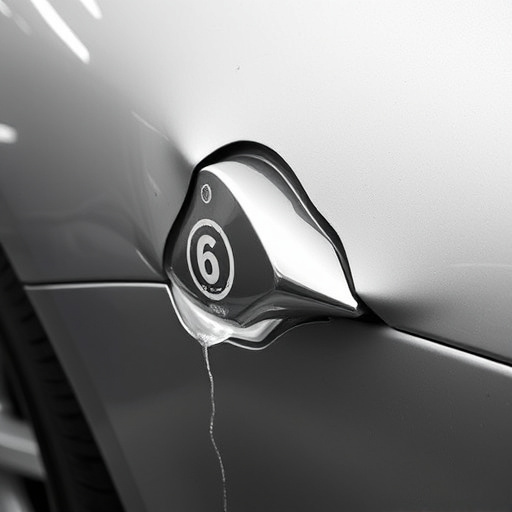
After winter, inspect vehicles for rust damage in moist areas. Repair minor issues with spot repairs…….
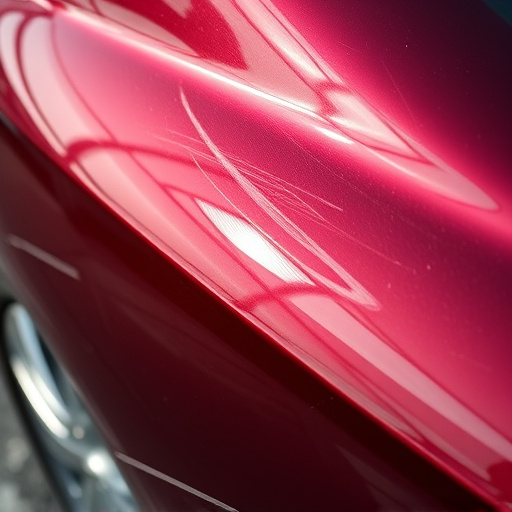
Winter weather causes rust damage to vehicles, affecting aesthetics and value. Inspect for spots and…….
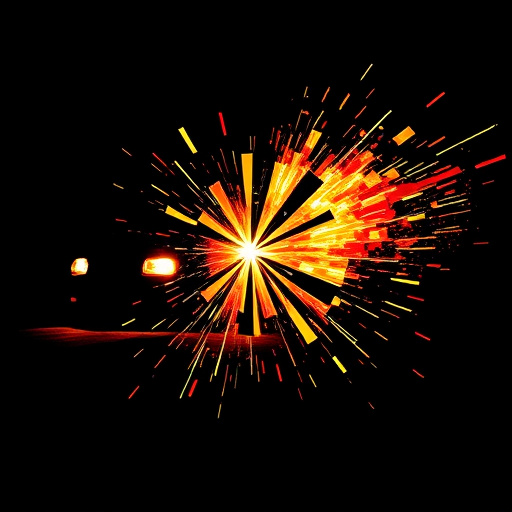
Winter conditions foster rust on vehicles, primarily affecting underbody panels and exposed metal. T…….
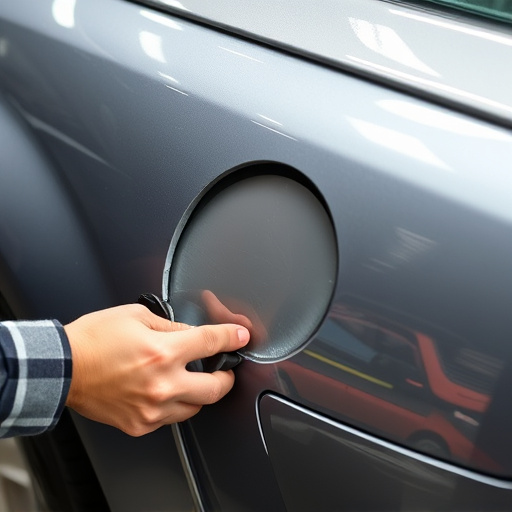
Harsh winter conditions accelerate rust formation on vehicles, damaging metal structures. Early dete…….

Winter salt accelerates rust on vehicles, causing structural damage. Regular cleaning, waxing, and b…….

Winter conditions cause significant metal surface damage to vehicles, leading to corrosion, rust for…….
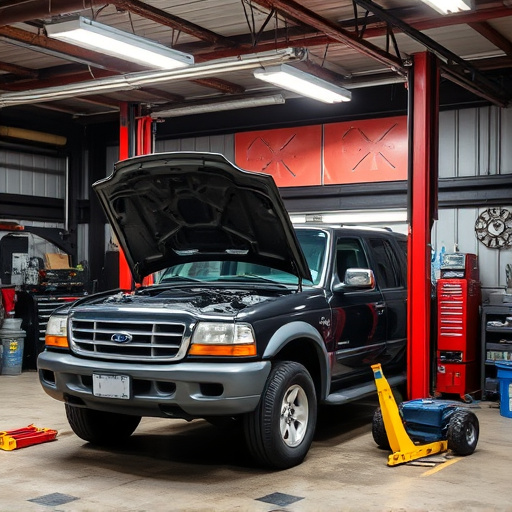
Post-winter, meticulously inspect vehicle for rust damage, focusing on door jams, fenders, and wheel…….